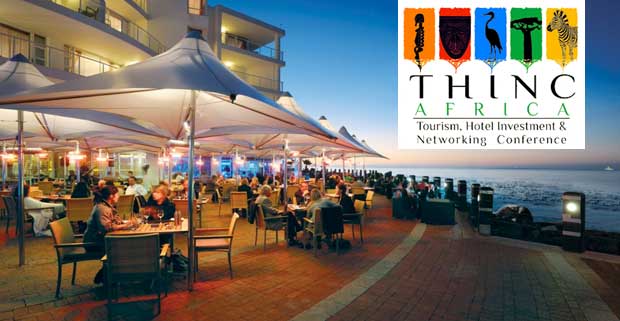Cape Town’s history comes to life at the Old Granary
CAPE TOWN, 15 November 2018 – The vacant and dilapidated Old Granary building – a cultural heritage site in the CBD has received a multimillion-rand facelift, and now includes an exhibition that makes use of technology and innovative design to tell a proudly Capetonian story.
Built in 1814, the neo-classical building is located at the end of Buitenkant Street and is known as one of the Mother City’s most significant architectural landmarks. However, it remained unoccupied and neglected for 20 years until Archbishop Emeritus Desmond Tutu announced in 2015 that The Desmond and Leah Tutu Legacy Foundation would contribute towards its refurbishment and lease the building long-term. Subsequently, former Cape Town Mayor Patricia de Lille also announced that the City of Cape Town set aside a budget for the building’s upgrade.
Through the restoration of the building’s external façade and the careful rehabilitation of the interior space, the Granary is now home to the Desmond and Leah Tutu Legacy Foundation and serves as a Peace Centre. The building also hosts an archive and an exhibition, which tells the story of Cape Town and the building’s history as well as the restoration process.
The exhibition includes several interactive and digital exhibits and designed by Formula D Interactive – specialists in the field of interactive and digital museum exhibit design. According to Michael Wolf, Formula D’s CEO, the firm was commissioned to produce exhibits that would bring to life the rich history of the building.
“The Old Granary is like an artery of Cape Town history. There are so many compelling and significant stories that happened in and around this building; we could have filled a much bigger museum with them,” Wolf says.
He says visitors to the exhibition will have the opportunity to explore fascinating aspects of the building’s function as it relates to the larger story of South Africa’s history and its people. The exhibits go beyond simply presenting information on panels and artefacts housed in glass cabinets, but give rise to investigation through offering opportunities for the public to engage with a “living” digital history. Visitors will be able to hear and witness, through specially
Other digital exhibits, like the top down projection video showcasing the urban development of Cape Town, will help contextualize the detailed history of the Cape Colony as it relates to the events surrounding the Granary building.
“The museum space has been designed to be attractive and engaging to visitors of all ages, allowing every member of the public who explores the exhibits to walk away with a better understanding of the historical significance of the space and the events that brought us to our current South Africa,” Wolf says.





